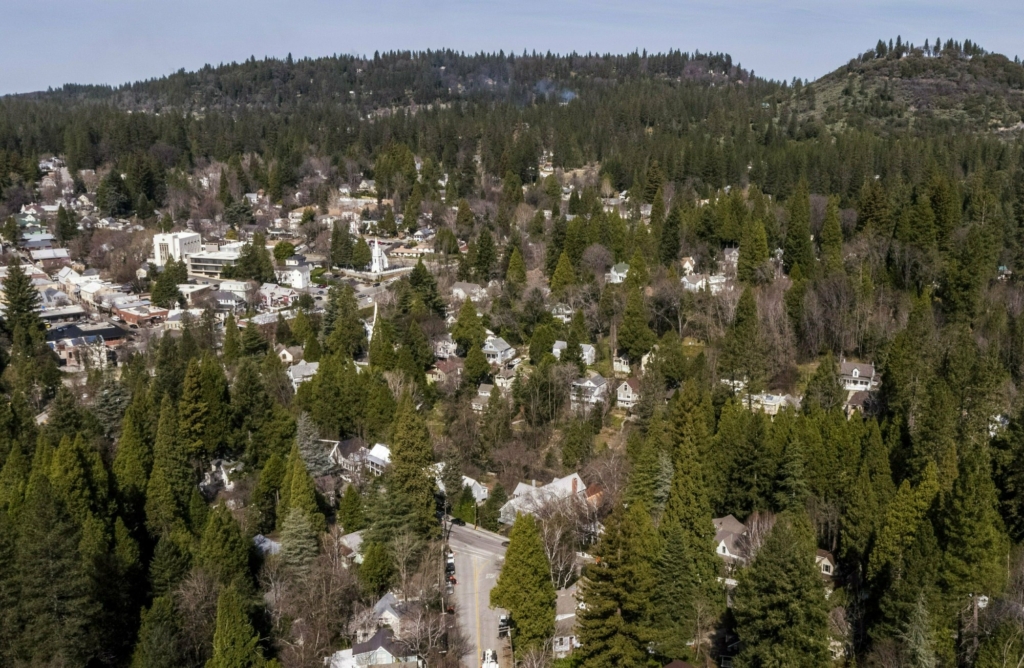California races to deter wildfire disaster, but cities continue to build homes in areas of highest fire risk – “There’s a lot of Paradises out there”

By Ryan Sabalow, Phillip Reese, and Dale Kasler
11 April 2019
SACRAMENTO, California (AP) – Impoverished towns in the shadow of Mount Shasta. Rustic Gold Rush cities in the Sierra Nevada foothills. High-dollar resort communities on the shores of Lake Tahoe. Ritzy Los Angeles County suburbs.
They all could be the next Paradise.
A McClatchy analysis reveals more than 350,000 Californians live in towns and cities that exist almost entirely within “very high fire hazard severity zones” — Cal Fire’s designation for places highly vulnerable to devastating wildfires. These designations have proven eerily predictive about some of the state’s most destructive wildfires in recent years, including the Camp Fire, the worst in state history.
Nearly all of Paradise is colored in bright red on Cal Fire’s map — practically the entire town was at severe risk before the Camp Fire raged through last November, burning the majority of homes in its path and killing 85 people.
Malibu, where the Woolsey Fire burned more than 400 homes last year, also falls within very high hazard zones. As does the small Lake County town of Cobb, much of which was destroyed by the Valley Fire in 2015.
“There’s a lot of Paradises out there,” said Max Moritz, a fire specialist at UC Santa Barbara.
All told, more than 2.7 million Californians live in very high fire hazard severity zones, from trailers off quiet dirt roads in the forest to mansions in the state’s largest cities, according to the analysis, which is based on 2010 block-level census data. The California Department of Forestry and Fire Protection says its maps show places where wildfires are likely to be extreme due to factors including vegetation and topography. […]

McClatchy identified more than 75 towns and cities with populations over 1,000 where, like Paradise, at least 90 percent of residents live within the Cal Fire “very high fire hazard severity zones.”
Here are snapshots of 10, and the unique challenges they face:
Shingletown: a miniature Paradise
- Population (2010) — 2,283 ′
- In Very High fire Hazard Severity Zone — 2,283
Shingletown is less than one-tenth the size of Paradise but probably carries just as much risk.
“We grow trees like nobody’s business up here,” said Tom Twist, a member of the Shingletown Fire Safe Council, a volunteer organization. […]
“We’re intimately aware of the dangers up here,” Twist said. [more]